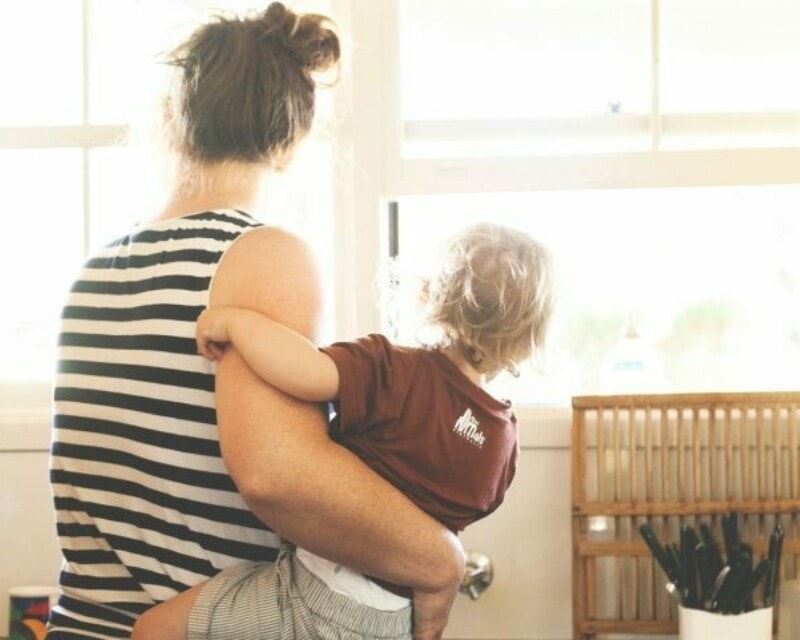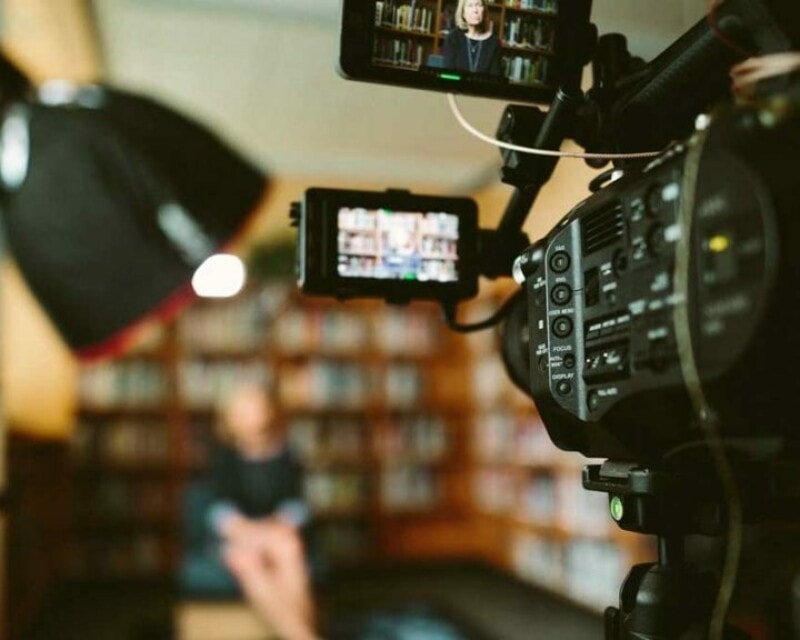On this page
Gender equality in the media
Respectful, safe and accurate reporting on violence against women shows that, as a community, we do not condone violence. This will aid efforts to prevent future violence.
The media can help stop violence before it starts by challenging the drivers of violence against women, including gender inequality, gender-based stereotypes and disrespect towards women in its reporting and as an industry.
Gender equitable reporting
Research spanning more than 100 countries found that only 3% of news stories, in print and on radio and television, challenged gender stereotypes.
Women are far less likely to be represented in the media as sources. Across 15 of Australia’s most influential news sites, women were found to account for around a third of direct sources quoted and around a quarter of indirect sources.
Research tells us violence against women can be reduced in Australia by increasing gender equality in all aspects of everyday life.
- Equal numbers of women and men in the media, including as subjects and sources, can play a role in addressing gender inequality in public and private life.
- Positive media representations of women and men can help to disrupt harmful gender stereotypes, such as the ‘femme fatale’, the ‘super mum’, or the ‘nasty corporate climber’ for women; or the ‘strong, silent type’, the ‘jock’ or the ‘big shot’ for men.
- Respectful media representations of women, including of women’s bodies and sexuality, can help to challenge disrespect towards women in the community.
Gender equitable newsrooms
Gender inequality is also a problem in media organisations themselves. Men still occupy three quarters of top media management positions, according to a global study spanning 522 news media organisations. In Australia, female journalists wrote nearly 80 per cent of celebrity and royal family stories in 2019, but only 12 per cent of sport stories.
As places where many adults spend large amounts of their time, workplaces also play an important role in shaping attitudes towards gender equality and addressing the drivers of violence against women.
Find out more about promoting gender equality and preventing violence against women in your workplace.
Related

6 minute read
Survivors play a critical role in the change needed to end violence against women and their children.

4 minute read
Information for journalists looking for professional development, including safety and wellbeing, the Our Watch Fellowship and Our Watch Award.